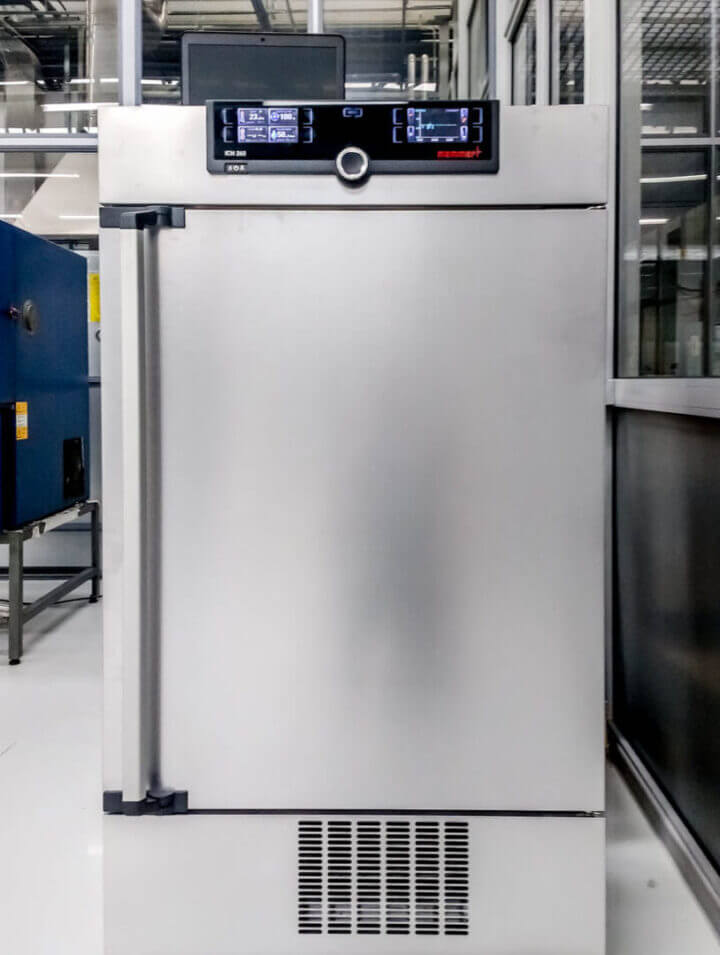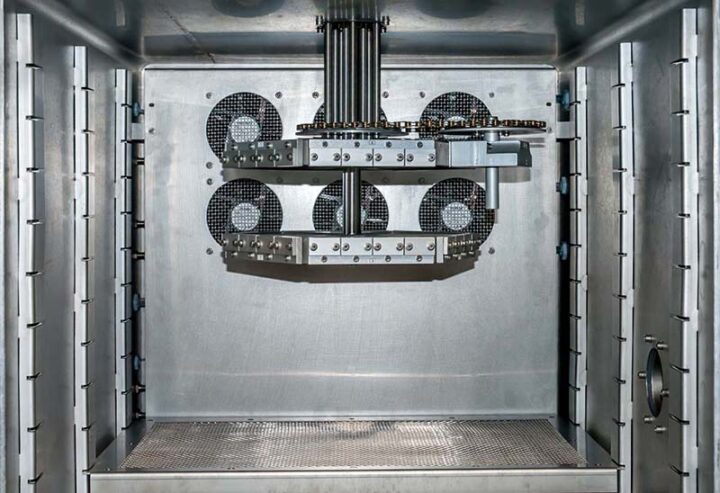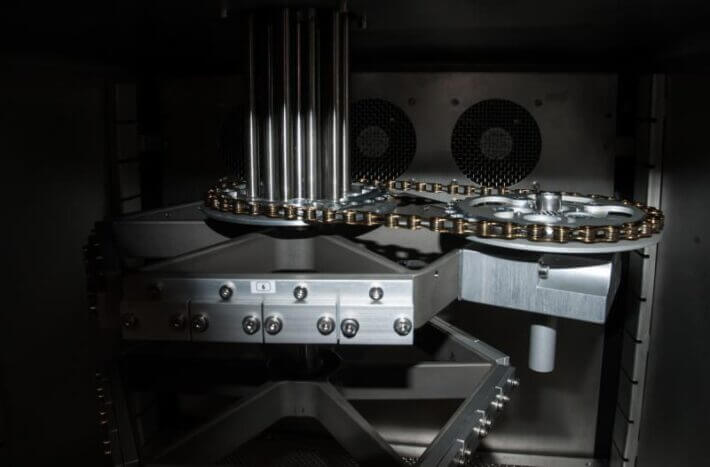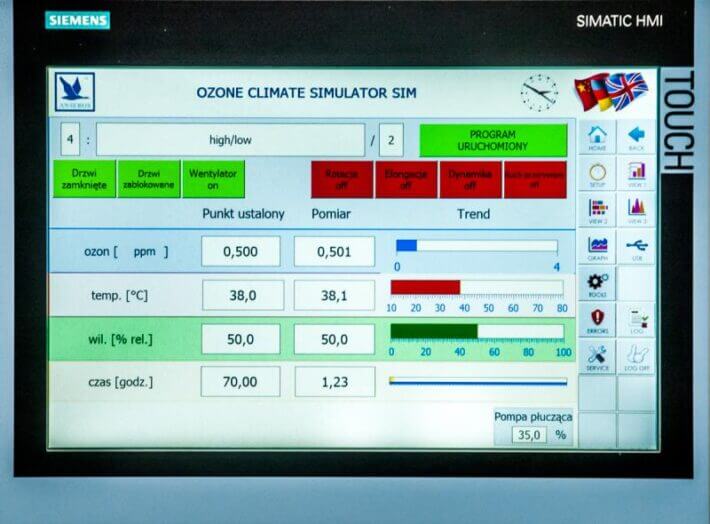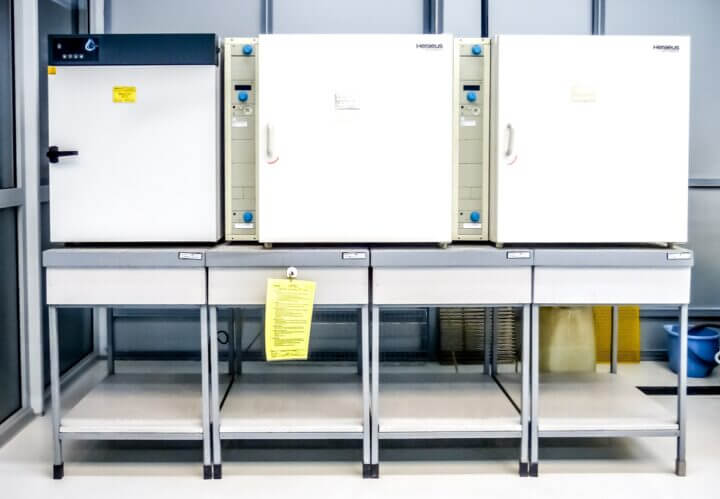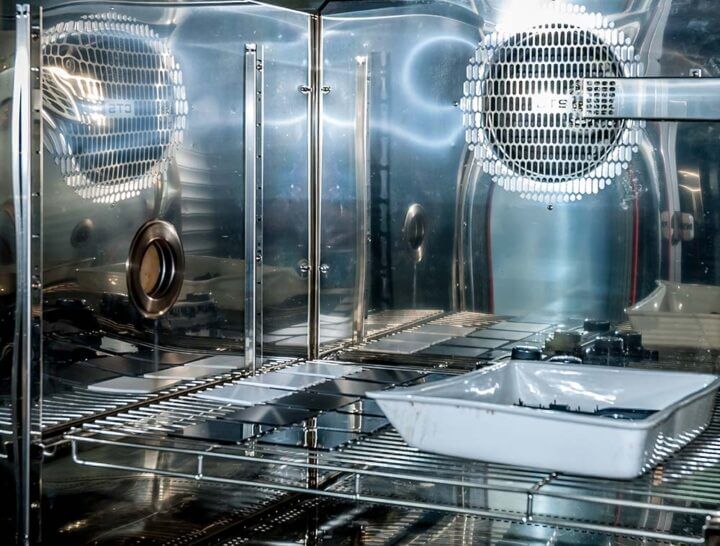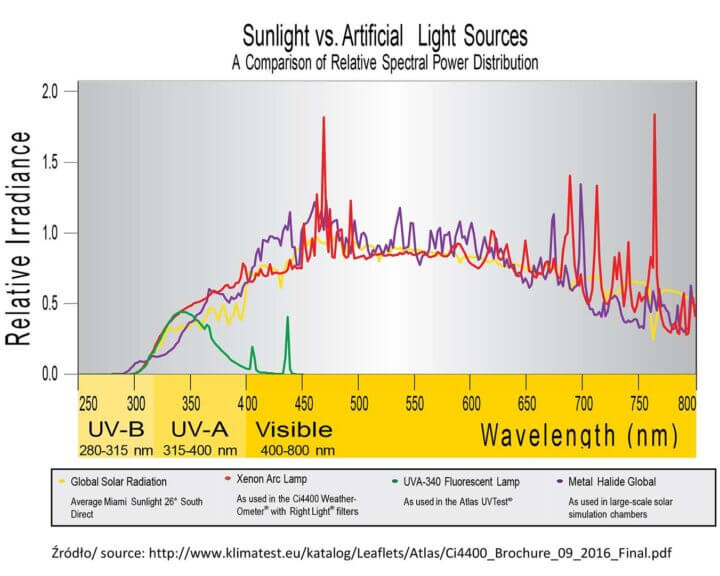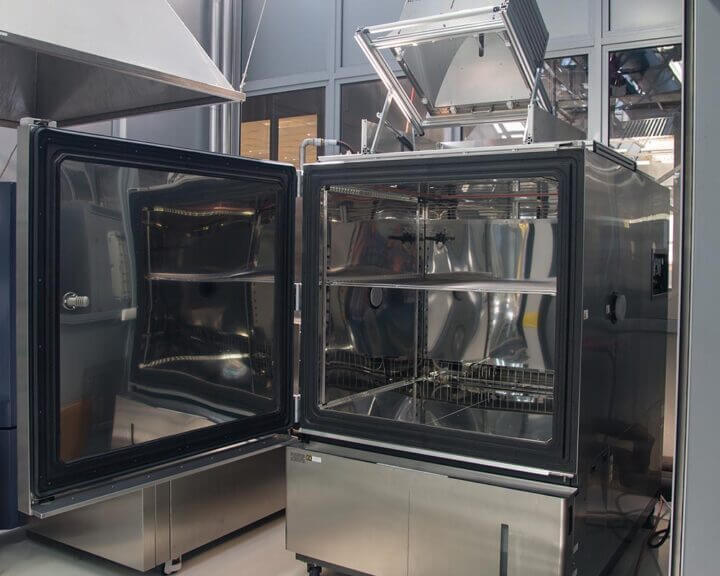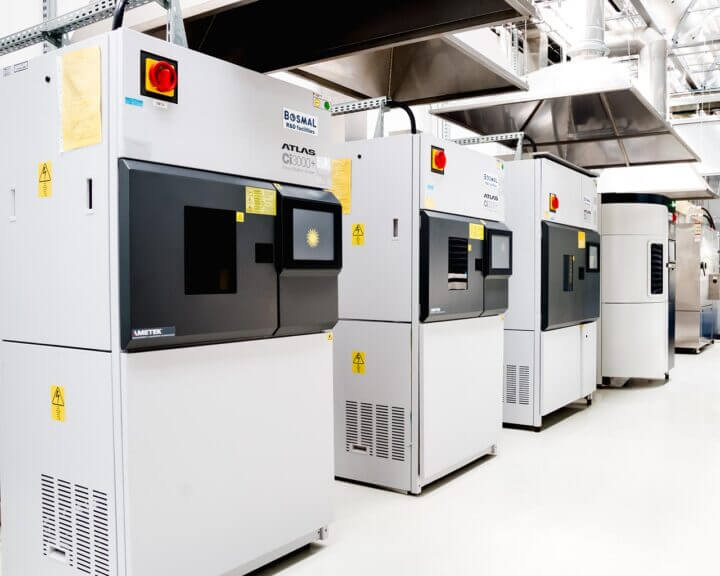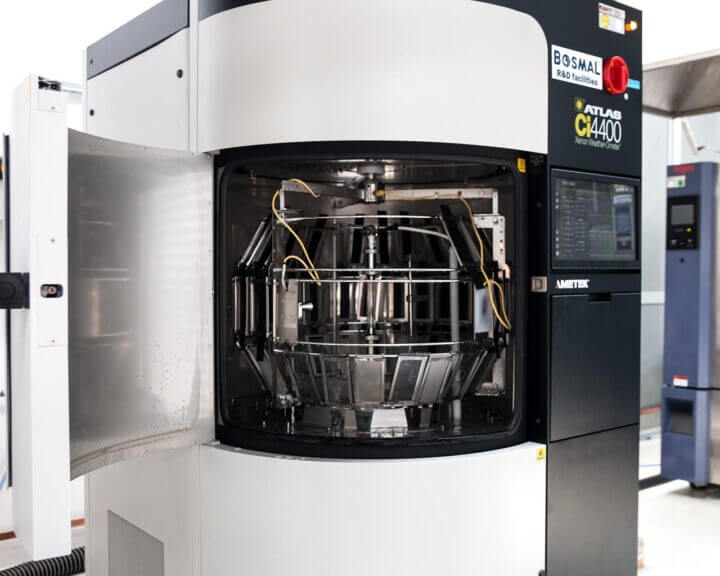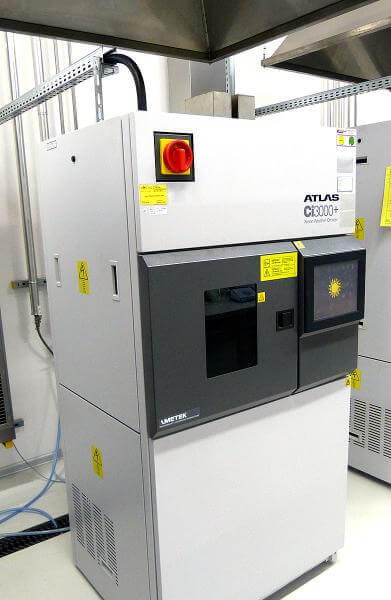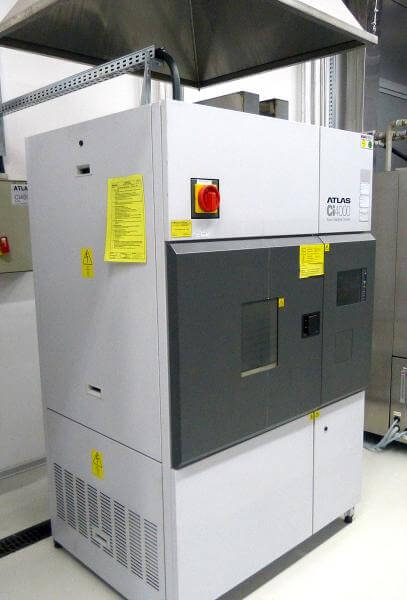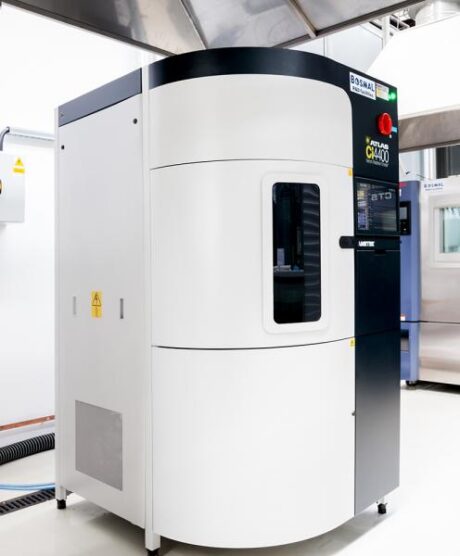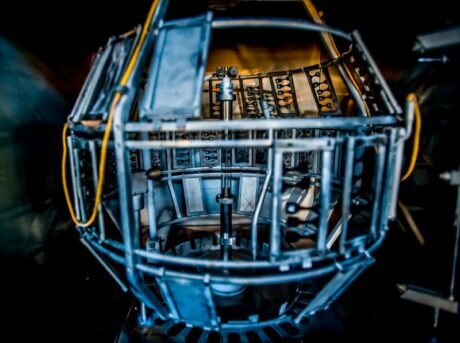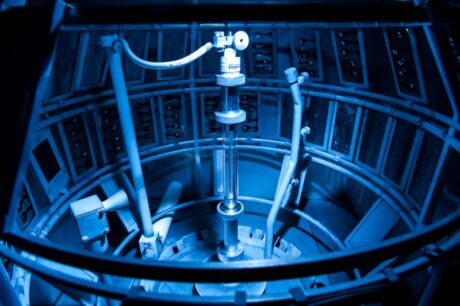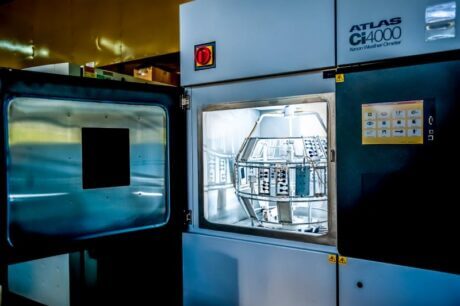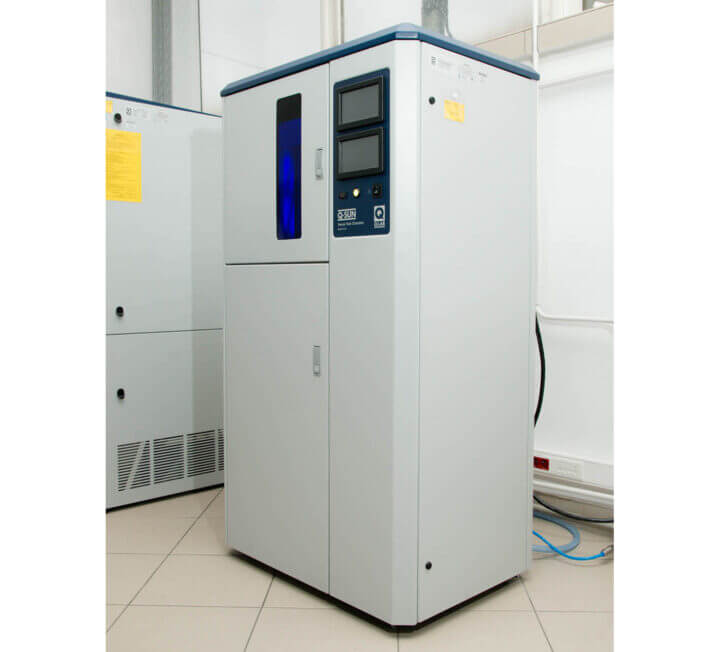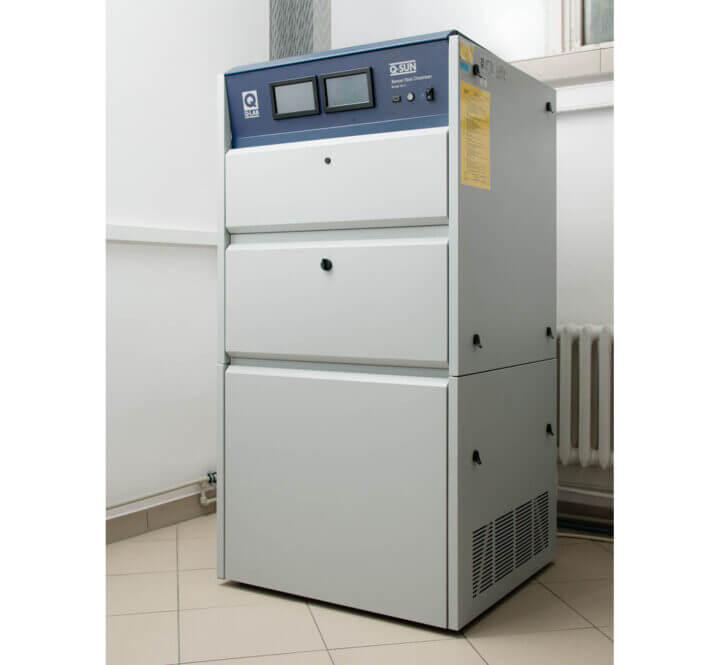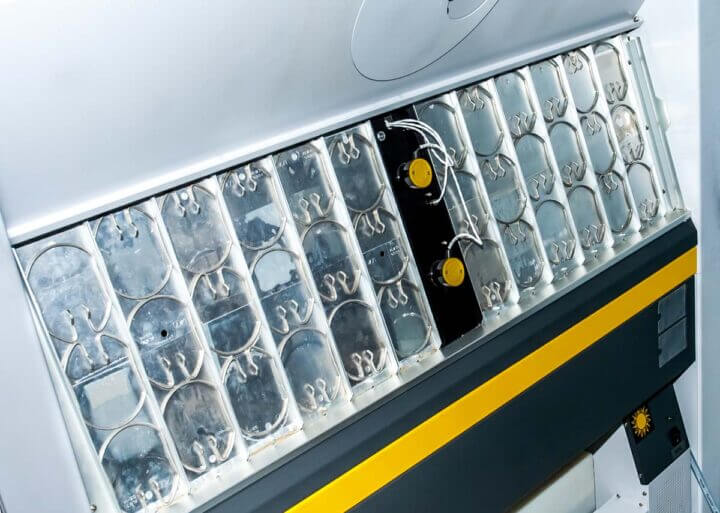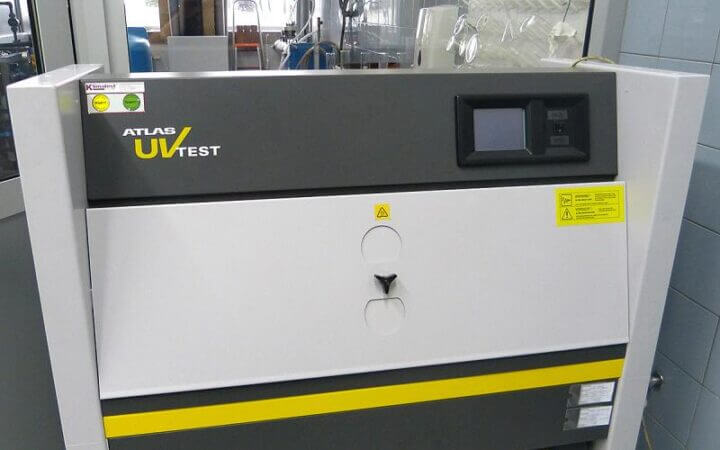On this page:
- Environmental resistance testing of synthetic materials and rubbers
- Resistance of gums and thermoplastic rubbers to ageing
- Product thermal resistance tests
- Product light and weather conditions resistance tests
- Testing products’ resistance to UV radiation
See more:
- Corrosion testing
- Testing internal and external corrosion/erosion of heat exchangers
- Heat exchanger ageing tests
- Ageing tests of catalytic systems (DOC+DPF, SCR)
- Ageing and degradation tests of three-way catalytic converters (petrol, CNG, LPG)
- Dust and water resistance tests
- Thermal shocks
- Vibration and vibroacoustic testing (NVH), tensometric testing
- Protection against access to hazardous parts and against solid foreign bodies
- Optical testing
- Testing resistance to hail or impacts from lumps of ice

